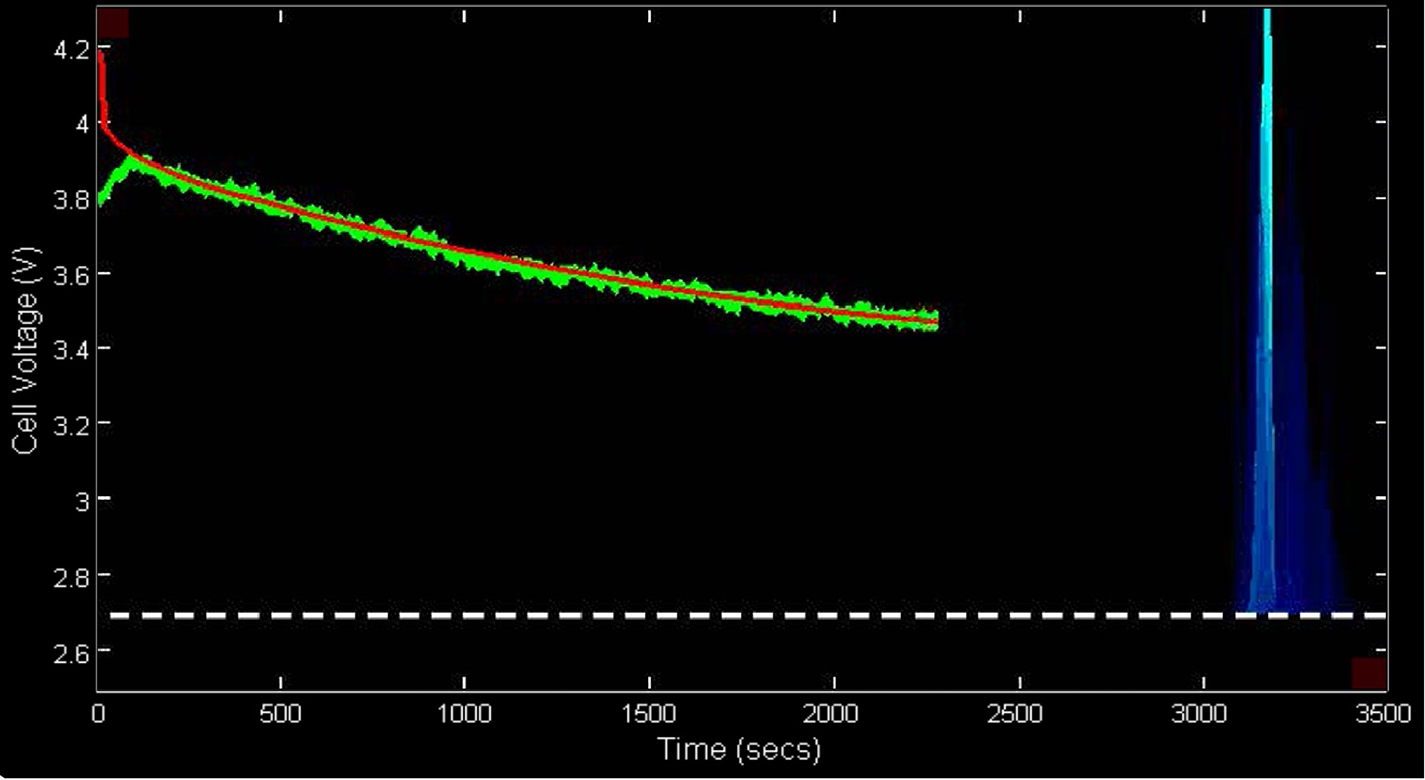Estimating a Remaining Useful Life in Batteries
information technology and software
Estimating a Remaining Useful Life in Batteries (TOP2-185)
Patent Only, No Software Available For License.
Overview
The estimation of the Remaining Useful Life (RUL) of a degraded or faulty component is at the center of condition-based maintenance, prognostics and health management. It gives operators a potent tool in decision making by quantifying how much time is left until functionality is lost. This is especially important for aerospace systems, where unanticipated sub-system or component failure may lead to failure of the system which, in turn, may affect the safety of operation and/or may have costly consequences resulting from emergency procedures implemented, delayed operation, unanticipated maintenance and repair, unserved or unmet obligations, and penalties. In situations where the cost/benefit analysis of using physics-based damage propagation algorithms is not favorable and when sufficient test data are available that map out the damage space, one can employ data-driven approaches or a combination of data-driven and model-based (hybrid) techniques.
The Technology
This technology provides a method having a training (off-line) mode and a subsequent run-time (on-line) mode for estimating a remaining useful life (RUL) of an object that is in active use for at least part of the time (an active object). In the training mode, the system collects training data, including operating conditions of the object, measurements from sensors monitoring the system, and the ground truth indicating the true extent of damage. The system extracts or identifies precursors of failure from the sensor data by analyzing their correlation to the ground truth. The feature domain size is optionally reduced by eliminating one or more features that are highly correlated to other features, such that their exclusion does not diminish information about damage progression in the system. The invention decomposes the prognostic problem into two separate regression problems: the feature-to-damage mapping and the operational conditions-to-damage rate mapping. The regressions can be carried out using methods that employ either physics-based models, data-driven techniques, or a hybrid combination thereof. Regression algorithms like Gaussian Process Regression (GPR), Relevance Vector Machine (RVM), etc., can be used to solve each of these mapping subtasks. The decomposition allows the technique to explicitly account for accumulated damage up to now and anticipated future damage progression.


Benefits
- Make the error from each task additive instead of multiplicative
- Reduces overall error in the prediction of useful life
- Efficiently manages various sources of uncertainty inherent in prognostics
Applications
- Prognostic health management
- Condition-based maintenance and smart buildings
- Vehicle health management, medical equipments and power generation
- Aerospace systems and Transportation vehicles
- Industrial machinery and Electronic systems


